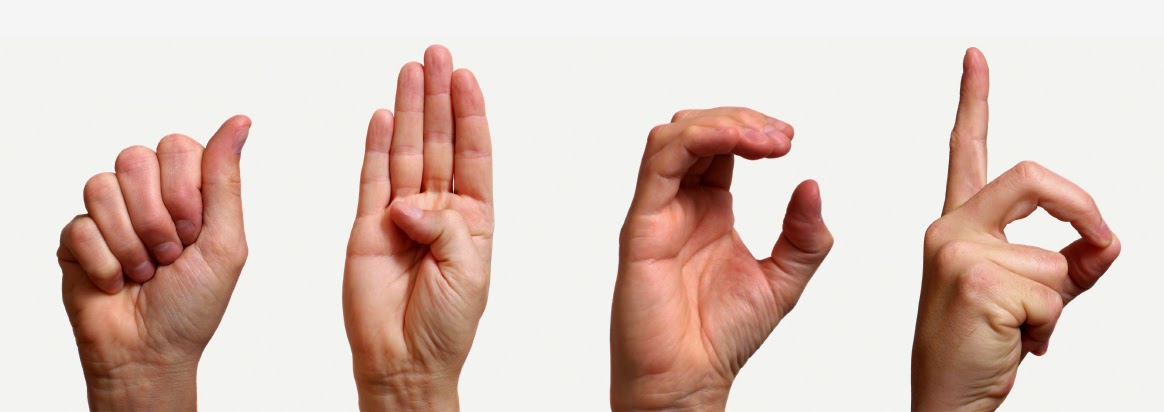Non-verbal Messages
Everything communicates, including material objects, physical space, and time systems. Although verbal output can be turned off, nonverbal cannot. Even silence speaks.
Non-verbal communication
It's well known that good communication is the foundation of any successful relationship, be it personal or professional. It's important to recognize, though, that it's our nonverbal communication—our facial expressions, gestures, eye contact, posture, and tone of voice—that speak the loudest. The ability to understand and use nonverbal communication, or body language, is a powerful tool that can help you connect with others, express what you really mean, and build better relationships.
Non-verbal Messages Allow People To:
- Reinforce or modify what is said in words. For example, people may nod their heads vigorously when saying "Yes" to emphasise that they agree with the other person, but a shrug of the shoulders and a sad expression when saying "I'm fine thanks,” may imply that things are not really fine at all.
- Convey information about their emotional state.
- Define or reinforce the relationship between people.
- Provide feedback to the other person.
- Regulate the flow of communication, for example by signalling to others that they have finished speaking or wish to say something.
Functions Of NON-Verbal Messages:
I. Integrating Nonverbal and Verbal Messages
II. Forming and Managing Impressions
III. Defining Relationships
IV. Structuring Conversation
V. Influencing and Deceiving
VI. Expressing Emotions


No comments:
Post a Comment